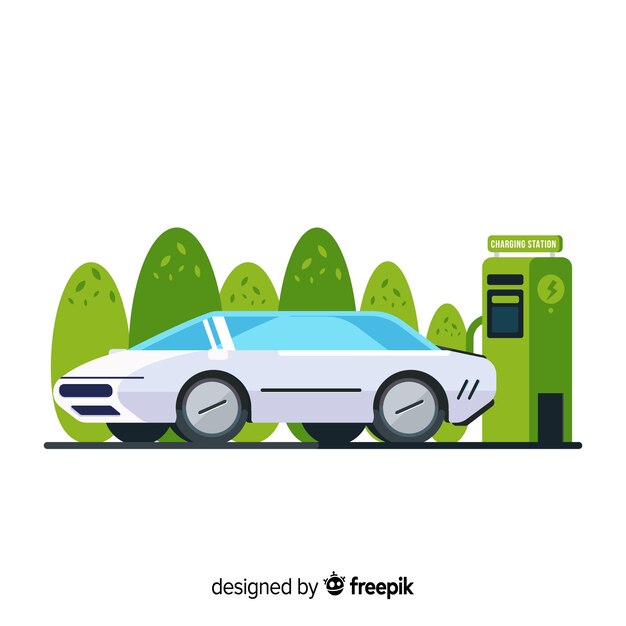Chasing Efficiency: The Revolution of Electric Vehicles

Anoop Gangadharan from Yokogawa discusses how the quest for energy efficiency is boosting the popularity of electric vehicles. With a growing focus on combating global warming and reducing carbon footprints, governments, businesses, and consumers are all working towards energy efficiency. Initiatives like the European energy efficiency directive encourage optimized energy production and use.
Unstable fossil fuel prices, rising energy demands, and government efforts to cut emissions indicate that energy efficiency will become even more important. As awareness of energy and environmental issues grows, alternative fuels, hybrid, and electric vehicles are becoming increasingly popular.
Changing Markets
The electric vehicle (EV) industry has transformed largely due to stricter efficiency and emission standards. Consumers used to be hesitant about EVs because of issues like charging infrastructure, range anxiety, and cost of ownership. However, with over 100,000 charging stations in Europe, quicker charging times, and longer-lasting, more affordable batteries, these challenges are diminishing. ING predicts that by 2024, high-range electric vehicles will be cost-competitive with traditional petrol cars in terms of total ownership costs.
The European Union aims to double the efficiency improvements of the past decade over the next five years. Coupled with fluctuating oil prices, this pressures car manufacturers to increase their electric and hybrid vehicle offerings.
Industry Response
Events like the Paris Motor Show and various forums indicate a strong commitment from major automakers to go electric. Companies like Jaguar Land Rover, GM, Toyota, Mazda, Mitsubishi, Nissan, Volvo, Ford, and Daimler are all pursuing an all-electric future, following in Tesla’s footsteps. A Bloomberg New Energy Finance and McKinsey report suggests that by 2030, electric vehicles will dominate transportation.
Despite the European automotive industry accounting for a quarter of global car production, they only control three percent of the electric vehicle market. They face stiff competition from Asia and North America as the dominance of internal combustion engine (ICE) vehicles wanes. Components like engines, transmissions, and exhausts—one-third of a car’s value—are being replaced by electric motors and batteries, changing the powertrain market landscape.
Challenges
Automakers are grappling with new challenges as they strive for excellence in safety, performance, and efficiency amid converging socioeconomic, political, and technological trends toward environmental consciousness. They must maximize efficiency in the charging system, powertrain, and other vehicle components. This requires extensive testing across development and production stages to meet international standards like WLTP, NEDC, Ansi, SAE, and internal standards for safety, quality, performance, durability, and emissions.
Energy Efficiency
Although electric vehicles are more efficient than traditional ICE vehicles, they still face losses in the drivetrain and other power delivery systems. According to Fueleconomy, in a typical 55% city and 45% highway driving scenario, 16% of electric power is lost during battery charging, 16% in the drivetrain, 2.5% in steering and cooling systems, and up to 4% in various electrical systems. This means only about 60 to 65% of the total electric power remains to actually move the vehicle.